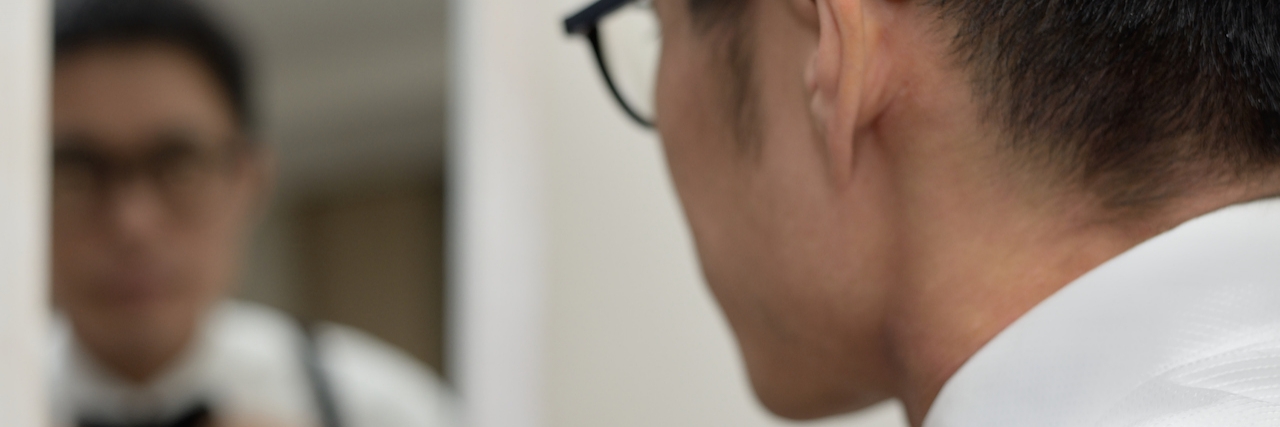How I Learned to Thrive – and Not Just Survive – With Body Dysmorphic Disorder
Hopelessness, disgust and fear act as chains preventing you from living your life. Body dysmorphic disorder is not just an obsession about a physical flaw, real or not. It is an inhibition of the soul. Your quality of life is diminished the moment you look in the mirror. You cannot face anyone. You cannot leave your house. You cannot function. So how do we survive, better yet, how do we thrive?
Come to terms with who you are and what you have. Like all mental disorders, you will not be able to remove it from your psyche. You can let it rip apart your quality of life, let it kill you or you can use it.
I was the baby who would not stop crying. I was taken to all sorts of doctors, even given enough drugs to knock out a small horse. Yet, my distress would not end. As I got older, I developed night terrors, severe depression, hallucinations, social anxiety, personality disorders and the list goes on. I had been taking prescribed antidepressants and antipsychotics for as long as I can remember. By the time I turned 16, my problems fine-tuned themselves into something more specific. I was diagnosed with body dysmorphic disorder. A year later, I was committed to an adult psychiatric hospital.
Every time I looked into a mirror, I saw a different type of monster. Every reflection, every shade of light gave me a horrifying sight. It became so distressing I was a danger to myself. Although, there was a strong part of me that still wanted to live a normal life.
While I was in the hospital, stepping out of my comfort zone was a daily affair. My psychologist trained me in behavior cognitive therapy techniques and “social experiments.” Anything I thought was impossible, she had an exaggerated version for me to attempt.
I already had plastic surgery once before I was hospitalized. You could imagine the amount of bullying and harassment I received as a child in the school yard. When I was released from hospital, I went to Melbourne to meet with Dr. David Castle, one of the world’s leading experts on BDD. His opinion of me would determine whether I could carry out my body transformation plan.
Plastic surgery is not recommended for a person with BDD. It can be very dangerous. If I was not happy with how I looked after the procedures, then it would be the end of me. Also, it does not fix the chemical imbalances or reactions to our perceptions. I was, however, given the green light, and the painful process began.
I continued my therapy as an outpatient after all of my surgery. My next step was to socialize. I had to face my fears around others or I wasn’t going to survive BDD. That fear resulted in action and I tried hard every day to expose myself to the outside world. Some days I failed. There were relapses, horrible ones.
Despite everything, I loved acting. I was successful in the art from a young age. So I used voluntary dissociation to blend in with others. My theory was if I pretended to enjoy myself, maybe it wouldn’t have to be an act forever. I was too busy trying to “beat” my disorder and be like everyone else that I missed the big picture.
I couldn’t change how my brain worked, only how I dealt with it. The negative voices that infected my life for so long were put to use. I used my negativity to help me decide what I should engage in and who I should trust. I became honest with people. The negativity inside us, when balanced, becomes productive.
The biggest challenge I ever had involved me completing tasks in front of big mirrors. Could you imagine someone who feared their own reflection having to face it? It was a gym. Exercising in front of a mirror was a vomit-inducing concept in the beginning.
I have now been working at the gym as a personal trainer for five years. I have built my own house. I am studying to get a degree. I see something different every time I look in the mirror. I didn’t beat a mental illness. I just thrived in spite of it.

